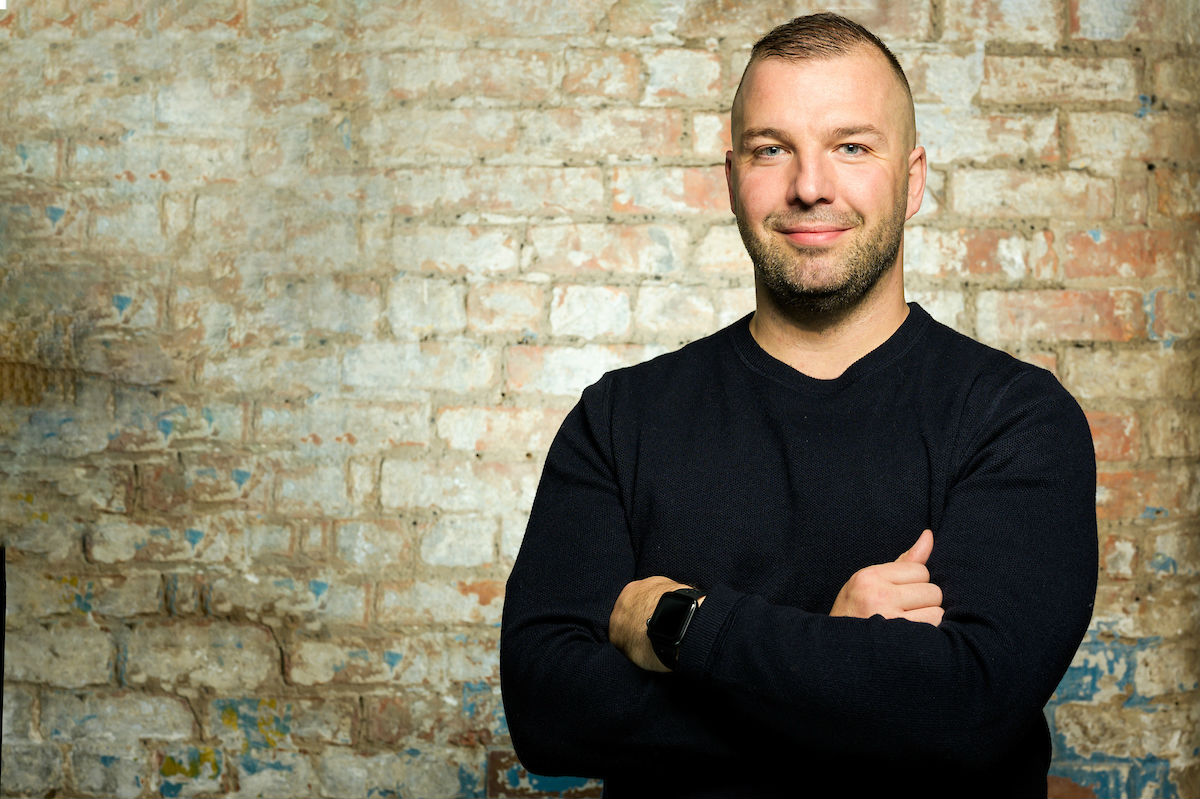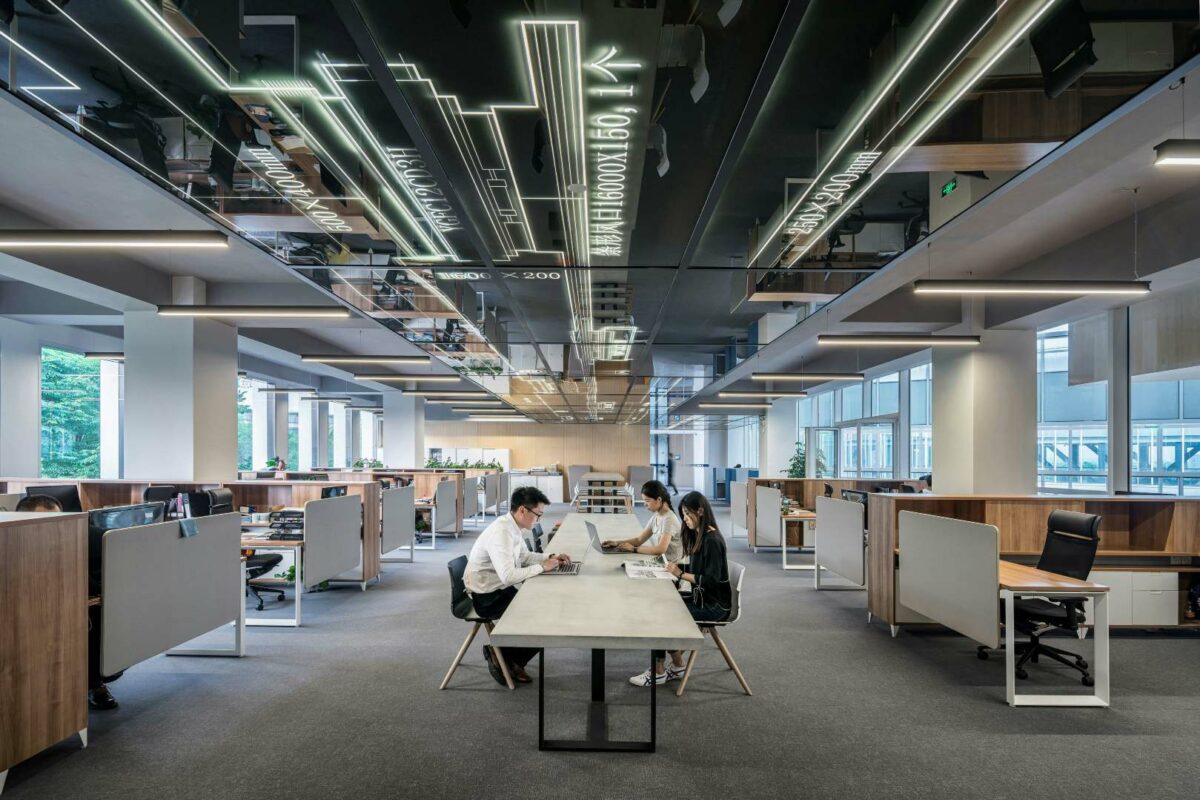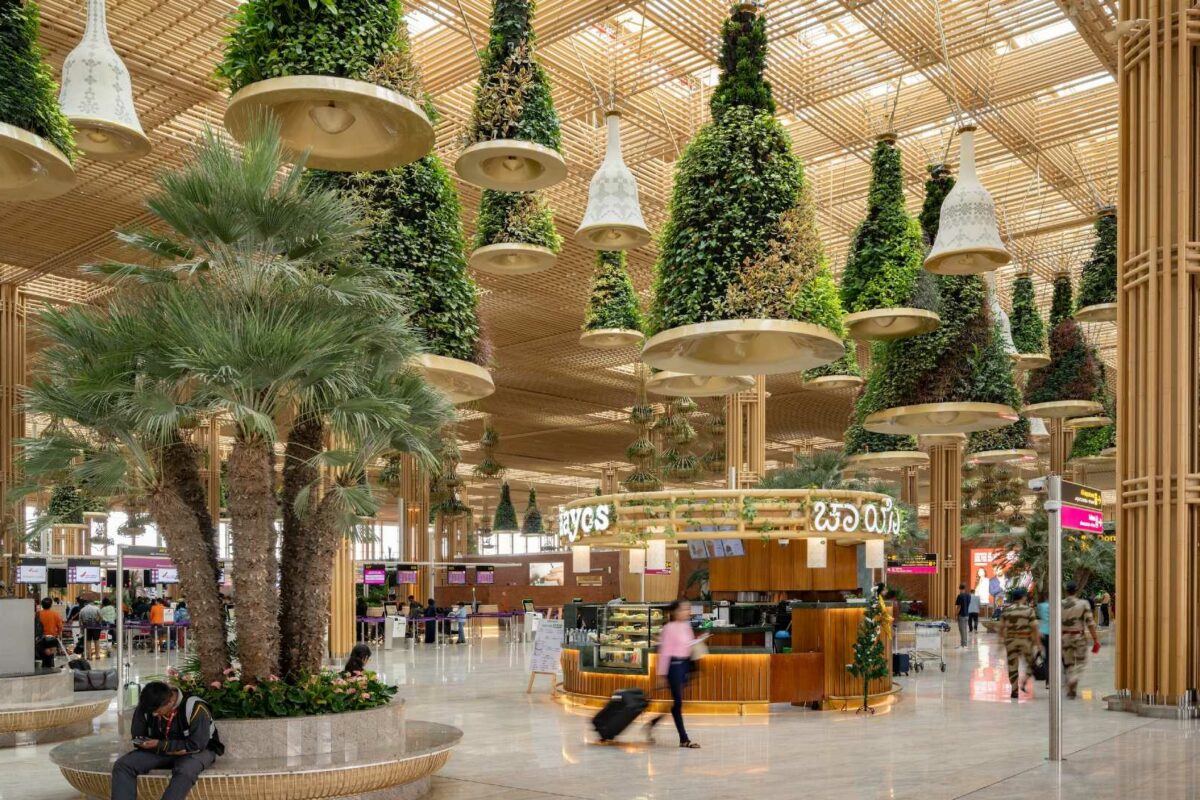The average person will spend approximately 90,000 hours of their life working. And with more added pressures, stresses and strains than ever before, poor health and wellbeing is costing the UK economy up to £57 billion a year in lost productivity, according to the CIPD. A direct correlation is now seen between strong employee engagement, wellbeing and a company’s bottom line.
A potted history of wellbeing
I believe workplace wellbeing is still in its infancy and it was only in the 1970s where we saw the launch of true workplace wellness programmes. The Johnson & Johnson’s Live for Life programme was considered the prototype for big corporate workplace wellness programmes. It measured each person’s activity levels and body fat measurements. The company then provided support to control risk behaviours — weight control, nutrition, and stress management. Interestingly this was a far more holistic approach than we have seen over recent years.
On the whole, since this time, workplace wellness programmes largely focused on the physical aspect of health. Many of you might remember or even organised your own wellness weeks or sporting challenges such as spin bike smoothies, which were great and made an impact for a very short period of time but were limited in creating healthy improvements to an employees life and typically focussed on physical activity and nutrition. These are great initiatives for raising awareness of your strategy but should not be your strategy. The most significant difference from then to now is that we can use data to measure impact and whist we know wellness programmes return an average of £9 to every £1 not to mention a boost in creativity, sales, performance and productivity. It’s important to measure impact both for ROI and to steer future improvements along the company journey.
It’s only really been in the past five to ten years in which a more holistic approach to wellness has seemingly taken off, which has been particularly driving by the fact mental health issues have been “normalised” and there are some great mental health-related programmes and platforms such as unmind, openmind and our own platform – Navigator.
Today, tomorrow – the future
Today the global wellbeing sector is worth in excess of $4.2 trillion and workplace wellness equating to about $42billion annually. It’s an exciting and dynamic sector and one is set to see huge changes over the coming years especially as younger generations prioritise their health. We are now seeing more social “get-togethers” at the gym rather than a pub! Millennials now hold approximately 20 per cent of all leadership roles and this figure is only going to rise as we head into 2021 and beyond.
In my experience, the reason this is important is that millennial leaders will prioritise people, personal and business values, ethics, flexibility and balance, ongoing feedback and “the little things”. Whilst millennials and younger workers might be more laid back about their approach to employment and their career they hold stronger convictions and won’t be afraid to leave a seemingly good, well-paid job for a job with a lesser salary but has more perks and benefits and most importantly a mission they believe in. This group of people are going to define a new era, a new style of leadership and a new way of doing business.
So what might we see more of in the future when it comes to office environments?
It’s important that we start to educate our teams about what an office should be and it should be used as a resource, not a place you must be seen. An office should enhance your working week offering practical and positive stimuli. To get to this point we need to address the initial design of the office or in fact a redesign and using the advantages of people being together, for example, team events, group communication, 1:1 time and unplanned interaction. Technology is incredible but it can only do so much to enable us and as any failed video call attendee will tell you, nothing can replace that energy transfer of a face to face meeting.
Wellness zones – Many organisations have too much space, so what better way to capitalise and maximise this than expanding the wellbeing provision and create wellness zones – if an organisation has the space and room to create these.
Reprogrammable and varied space – the ability to make the most of the square foot you have can be achieved by being flexible with its use. For example, if you have a “common area” could this be transformed into a yoga floor during one part of the day, a quiet zone and chill out area at another and a workshop space at another time. However, a word of caution. Ultimately, wellness and health is personal so it’s about providing the right support, education, content and advice for each individual person. There would be no point in launching a new wellness zone if the business wasn’t looking to support this with appropriate activation.
For those organisations that don’t have the space or the resources to reconfigure the physical space, there are some quick wins for businesses; big and small when it comes to wellness and wellbeing.
Walking meetings – these are simple, free and most of all yield amazing results. Movement increases circulation which gives us an energy boost, which is perfect if you’re looking to address any issues or come up with new ideas. Being outdoors and a change of scenery triggers fresh neuro pathways to our brains which again help with fresh ideas and solutions.
Wellbeing champions – It’s been reported that almost two-thirds of the population have reported to have experienced mental ill-health at some point in their life. Organisations can look at offering mental health first training and establishing mental health first aiders or setting up a network of Wellbeing Champions to offer help and support to colleagues.
Nature – getting back to nature generally will have a positive impact on the overall wellbeing. Plenty of light, fresh air, access to water, greenery, access to healthy food vs artificial light and poor quality services such as vending machines are great ways to address this. A simple solution is to create a green wall or simply introduce plants; they are a perfect addition to any office. A study found that the introduction of plants into an office reduces tension and anxiety by 37% as well as anger and hostility (44 per cent). And it works the other way too. Plants are thought to boost productivity by about 15 per centre according to recent research.
The key to any changes to an office environment is to consult, listen and learn from your teams. Offering a free yoga class each week for your staff is brilliant for people who like yoga. What about the people who haven’t exercised in 20 years or feel too embarrassed to wear fitness clothing in front of colleagues.
Our rule of thumb is always, ask, listen, consult and learn. People want to act and continually review. Company health, like our personal health, is a journey of good and bad days and it isn’t something you can attain and then stop. It’s an ongoing journey full of challenges but if done right it reaps incredible rewards.
Joe Gaunt is CEO of hero and Work in Mind’s Workplace columnist. For more of Joe’s workplace wellbeing content, click here.

Content Team
Work in Mind is a content platform designed to give a voice to thinkers, businesses, journalists and regulatory bodies in the field of healthy buildings.




